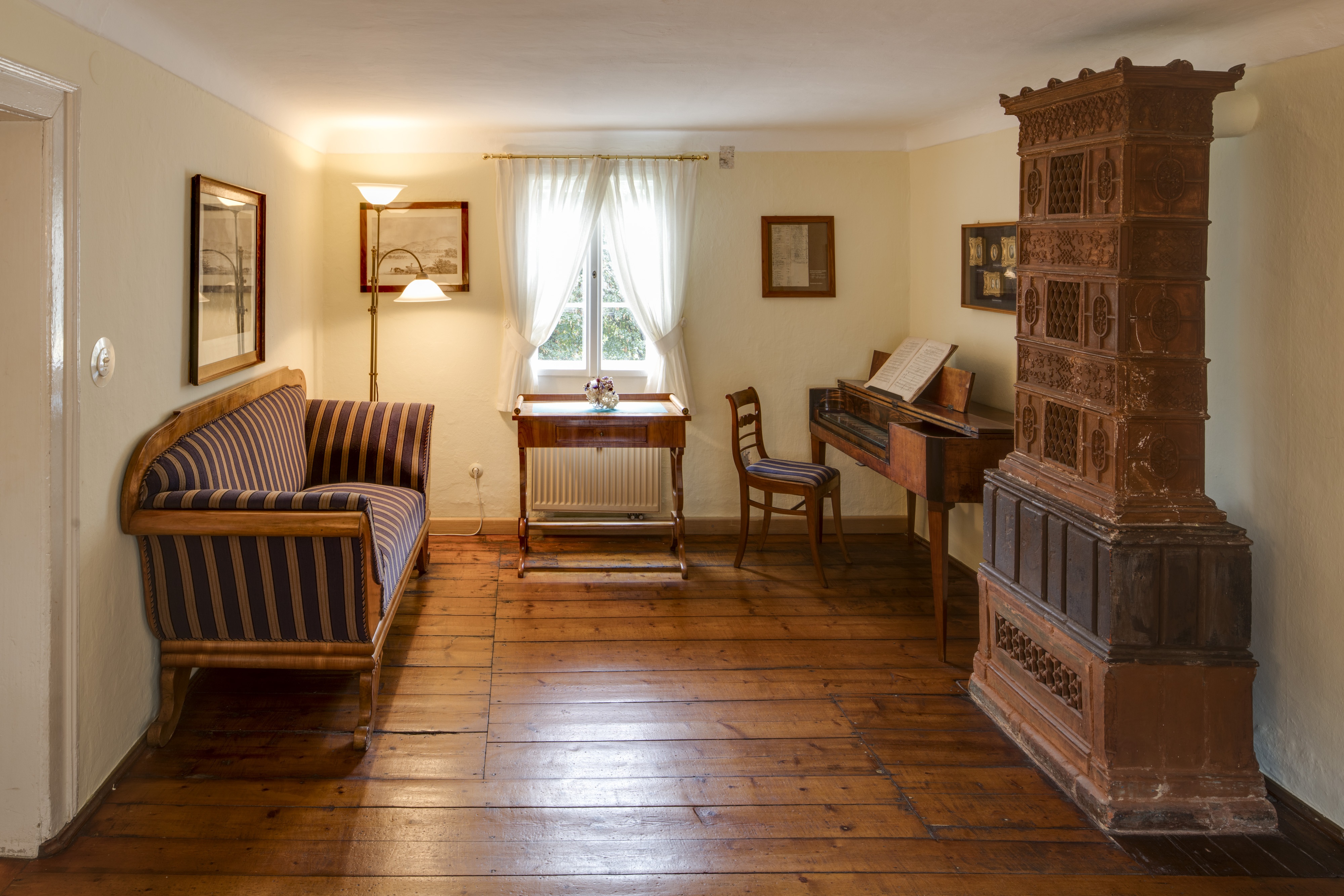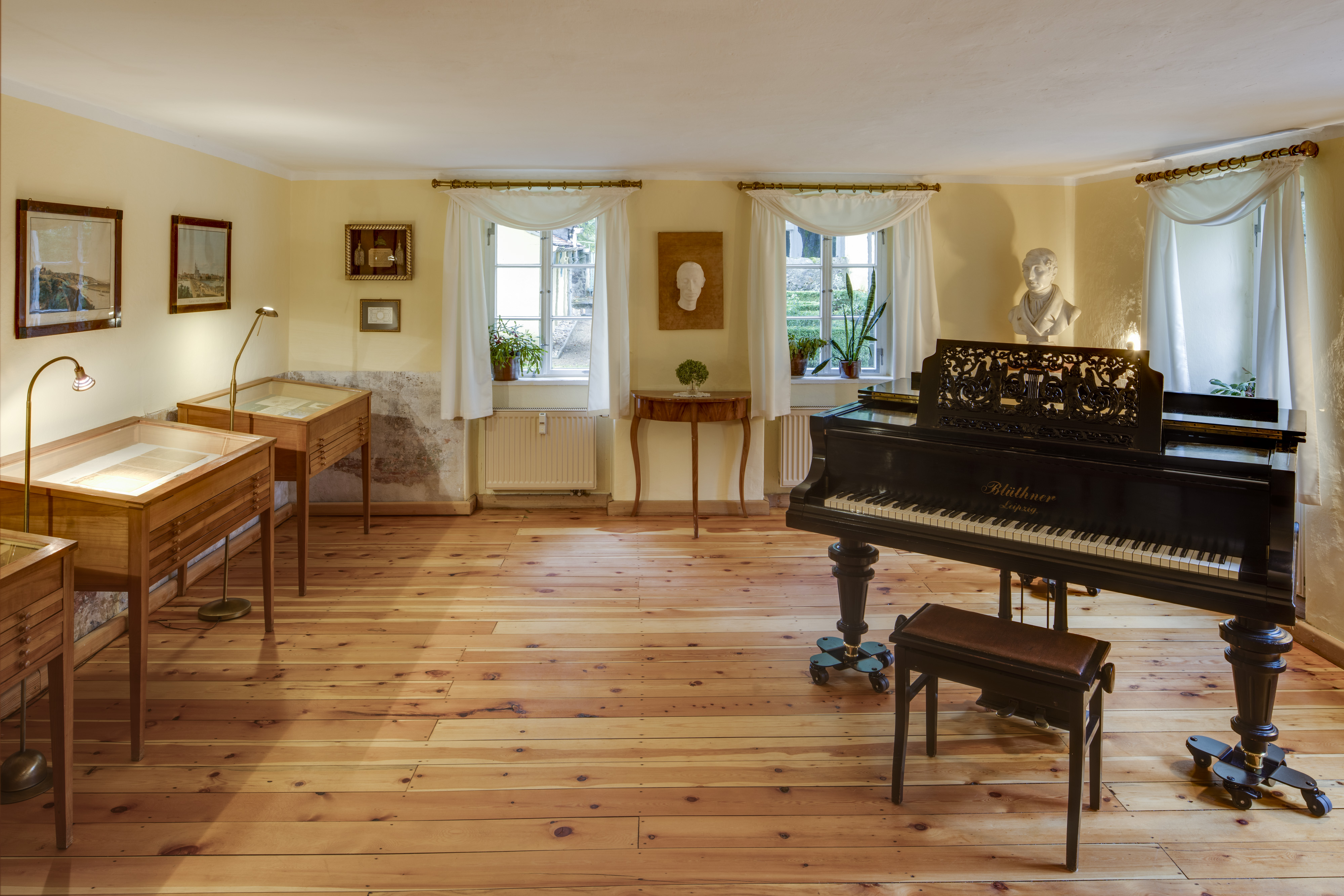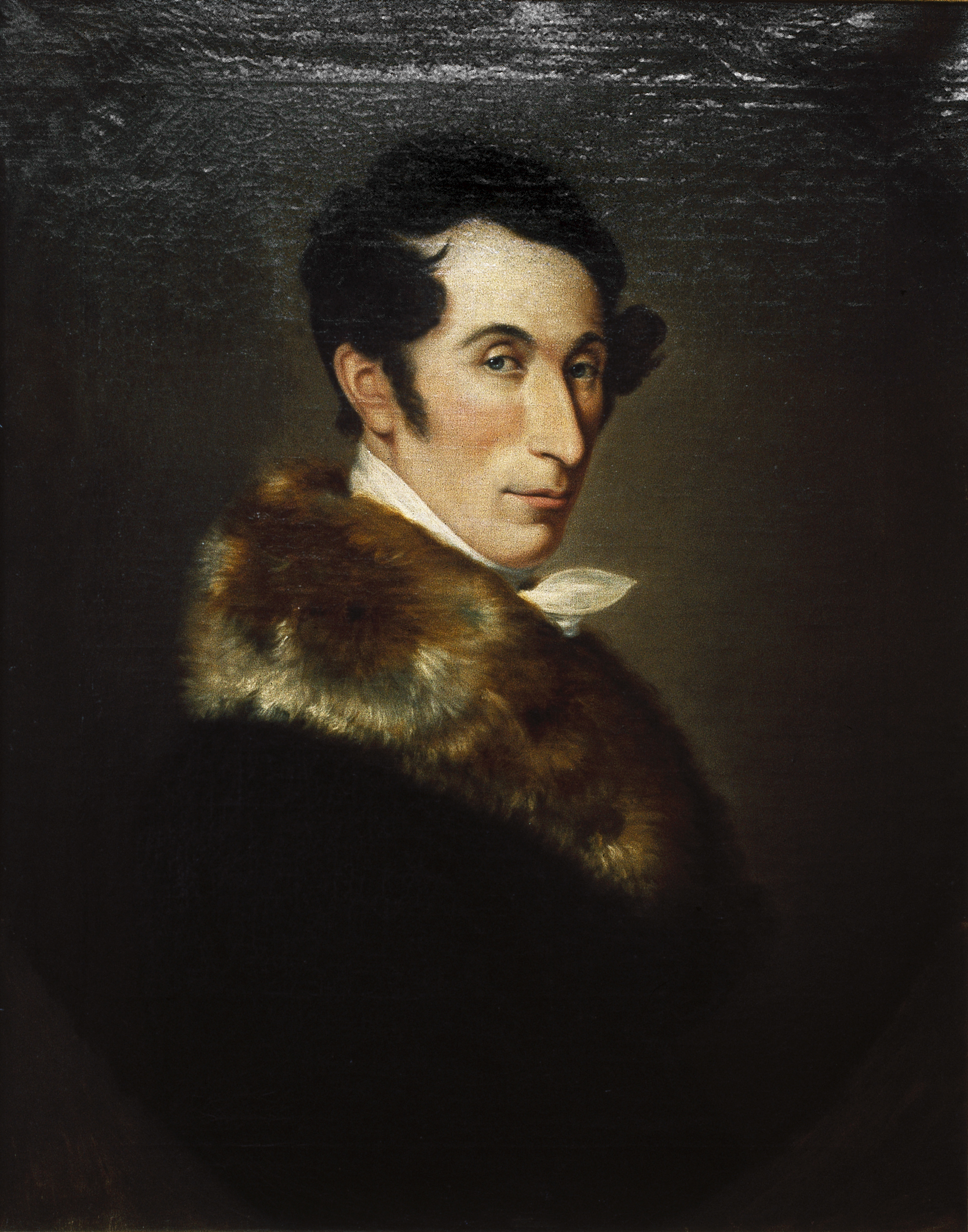
The Carl Maria von Weber Museum is an enchanting, authentic place where one of Germany's most important composers lived and worked – and it is the only museum in the world dedicated to Carl Maria von Weber (1786 – 1826).
From 1817 until his death, Carl Maria von Weber was court conductor and director of the newly founded Deutsche Oper, a department of the Dresden Court Opera. His most important operas »Der Freischütz«, »Euryanthe« and »Oberon« were composed during his years in Dresden.
In the authentic rooms, furniture, works of art, documents and contemporary testimonies recall the composer and his environment and make the visit a special experience.

The winegrower's house in Hosterwitz was built around 1664, making it one of the oldest preserved half-timbered buildings in Dresden. In Weber's time, it belonged to the winegrower Gottfried Felsner. Weber rented part of the house with his family during the summer months. In this idyllic setting, which at the time still had an unobstructed view of the Elbe, Weber welcomed musicians and writers such as Johann Nepomuk Hummel, Heinrich Marschner, Wilhelm Müller, Ludwig Tieck and the singer Wilhelmine Schröder-Devrient.
The composer's memory was cherished here as early as the mid-19th century. After 1945, the former living quarters of the von Weber family were opened to the public as a museum and a first exhibition was set up on the first floor in 1948. The memorial was officially opened in 1957 after the death of Weber's great-granddaughter Mathilde von Weber (1881 – 1956), who donated her estate.
























